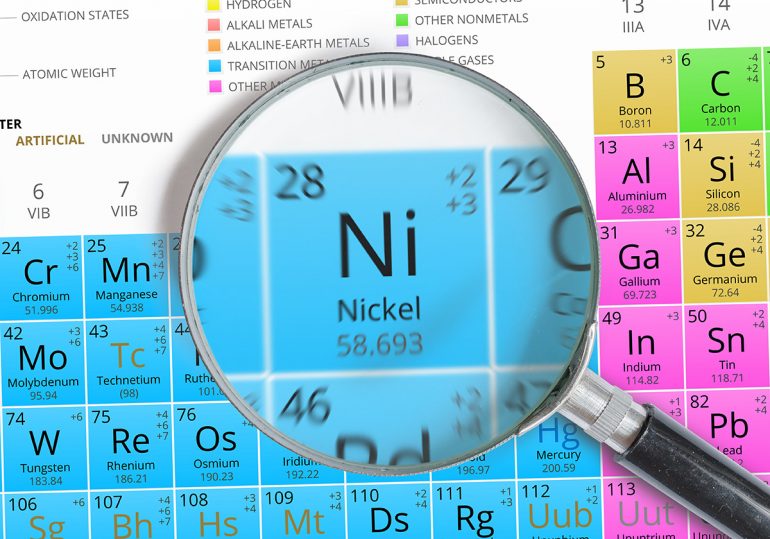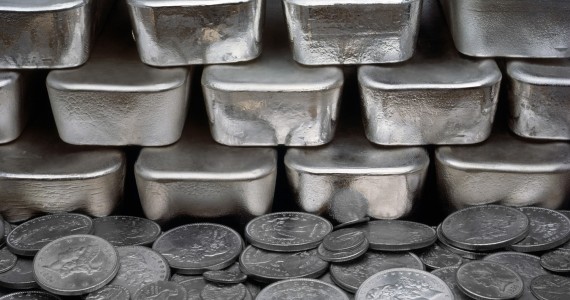On the 27th of September, the Philippines announced the suspension of 20 more mines due to environmental violations. In the last few months, 10 mines have already been suspended after an audit found mining practices full of technical violations and with lack of proper siltation prevention facilities and social development efforts.
The real risk of even more mines being closed off brought the nickel prices up to a one-year high. The London Metal Exchange saw nickel prices jump 2%, and now it’s at $10,705 per ton. This is because the Philippines’ announcement quickly sent global prices up, and this helped nickel recover from earlier losses.
Philippine President Rodrigo Duterte has made it very clear since he took power that the country will be pursuing stricter mining standards. On the 8th of July this year, the Philippines’ Dept. of Environment and Natural Resources (DENR) launched a nationwide audit of the country’s 40 metallic mines. Due to the suspensions that resulted from that audit, Philippine nickel production went down by 24%.
In a briefing, Dept. of Environment and Natural Resources (DENR) Secretary Regina Lopez emphasized, “I am not against mining but I am definitely against the adverse effects that may happen, that are happening in some of the situations.”
DENR Undersecretary Leo Jasareno has also mentioned that each of the 20 mines will be given the chance to explain their violations, seven days after they are handed the report from the audit.
Depending on how this goes, if the production of these 20 mines is halted, then there will now be 30 mines closed. 18 of these mines are nickel producers and they produce a little more than half of the country’s total nickel ore output.
Nickel in the Philippines
The Philippines is Southeast Asian country that is rich in natural resources. It is the world’s top supplier of nickel ore. This is also where industrial giants like China get most of its nickel, so it’s definitely a big deal if supply is tightened. If there’s a disruption of supply to the Chinese pig nickel industry and stainless steel market, as well as all other industries in the world that need nickel, then this could be worrisome.
This tightening of standards in the Philippines and the subsequent tightening of supply following the suspensions is reminiscent of Indonesia in 2014. When Indonesia banned ore exports, nickel miners in the Philippines stepped up to the occasion and made up of the lack of supply.
The demand for nickel is certainly there, and the Philippines can definitely supply it. However, if 10 mining firms have already been suspended and 20 are now facing suspension, then this will definitely affect prices and the nickel ore market in general. To understand these new developments and where the Philippines is coming from, it’s worth looking at the country’s mining industry.
At present, mining represents 1% of the Philippines’ Gross Domestic Product (GDP). The mining industry brings the government a revenue of $852 million, something that Philippine President Rodrigo Duterte is willing to forego if mining companies don’t “shape up” and “stop spoiling the land.”
Mining companies who operate in the Philippines already face the most burdensome tax regulations in Southeast Asia. About 40% of mining revenues are paid back to government, in the form of corporate income tax (30%) and other taxes that are specific to mining. In a media briefing however, Pres. Duterte’s stance is clear: “We will survive as a nation without you. Either you follow strictly government standards or you close down.”
Meanwhile, DENR Secretary Regina Lopez has said during a congressional hearing, “The audit is done. And it’s important to say that even as we suspend mines, we have put up an area development program. The commitment is in any suspended mines the people there will not lose work.”
According to the country’s Mines and Geoscience Bureau, over 9 million hectares in the Philippines have high mineral reserves, with large quantities of valuable minerals (from nickel to gold and copper) still untapped. Only 3% of this 9 million hectare area is being mined today.
Of the land that has been used for mining, however, so much damage has been done, and this is why the Philippines is tightening its belt. Lopez states, “We have had mining in this country for over a hundred years. And until now we don’t even have one rehabilitated mine site, not one. Just gaping open holes, destroyed rivers, children with brain disease, so very sad.”
Despite this, it’s not all bad.
“There were miners that passed (the audit) and I want to work with them to push it further, better than Canada, better than Australia. We must be better and I know it can be done,” Lopez has emphasized.








